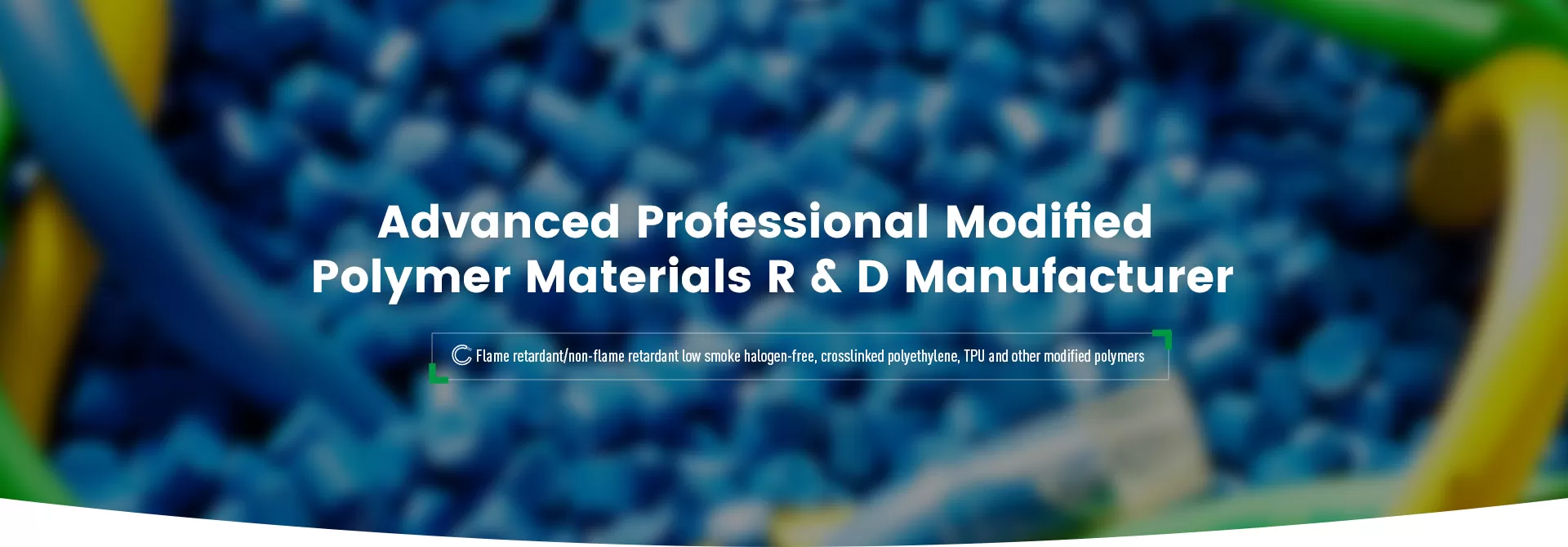
LSZH Material is A Commonly Used Material For Producing LSZH Cable And Flame-Retardant Cable.
LSZH material refers to a polymer material that releases very little smoke when burning and does not contain halogen elements. Its characteristics are that in high temperature or fire environment, LSZH material will release water vapor by absorbing heat, inhibit the release of harmful gases, and form a carbonized protective layer to block the spread of fire. This mechanism effectively reduces the smoke concentration, improves the visibility of the fire scene, and wins precious time for personnel evacuation and rescue.
Usually, LSZH material is composed of environmentally friendly polyolefin matrix, halogen-free flame retardant and functional additives, and is widely used in key parts such as cable sheath and insulation layer.
Compared with traditional PVC materials, LSZH materials do not release corrosive and toxic gases such as hydrogen chloride when burning, which greatly reduces the threat to human health and electronic equipment. Therefore, LSZH materials are particularly suitable for places with extremely high safety and environmental protection requirements, such as hospitals, airports, and subways.
LSZH materials can not only effectively prevent the spread of flames, but also significantly reduce the smoke generated during the combustion process. This highly efficient flame retardant property makes it an ideal material choice for key infrastructure such as high-rise buildings and data centers.
Modern LSZH materials have good flexibility, tensile strength, wear resistance and low temperature performance while ensuring low smoke and halogen-free properties. After the cable is made of LSZH materials, it shows higher reliability and convenience in actual installation and operation.
With superior comprehensive performance, LSZH materials are widely used in LSZH cables in the following places.
In residential buildings and large commercial centers, cables made of LSZH materials can effectively reduce smoke density and protect personnel safety during fires, and will not release toxic gases, thereby improving the overall building safety level.
Metro and railway systems are mostly in confined spaces, which have extremely high requirements for fire control. Cables made of LSZH materials can reduce the risk of life of passengers and staff in fires, while protecting the safety of key information systems and communication equipment.
Data centers have a large number of cables and have extremely high requirements for fire and corrosion resistance. The use of LSZH materials can protect expensive servers and storage devices in fires and reduce economic losses.
In public places such as hospitals, schools, and shopping centers, if cables use LSZH materials, the release of smoke and harmful gases in fires can be greatly reduced, effectively reducing the risk of mass safety accidents.